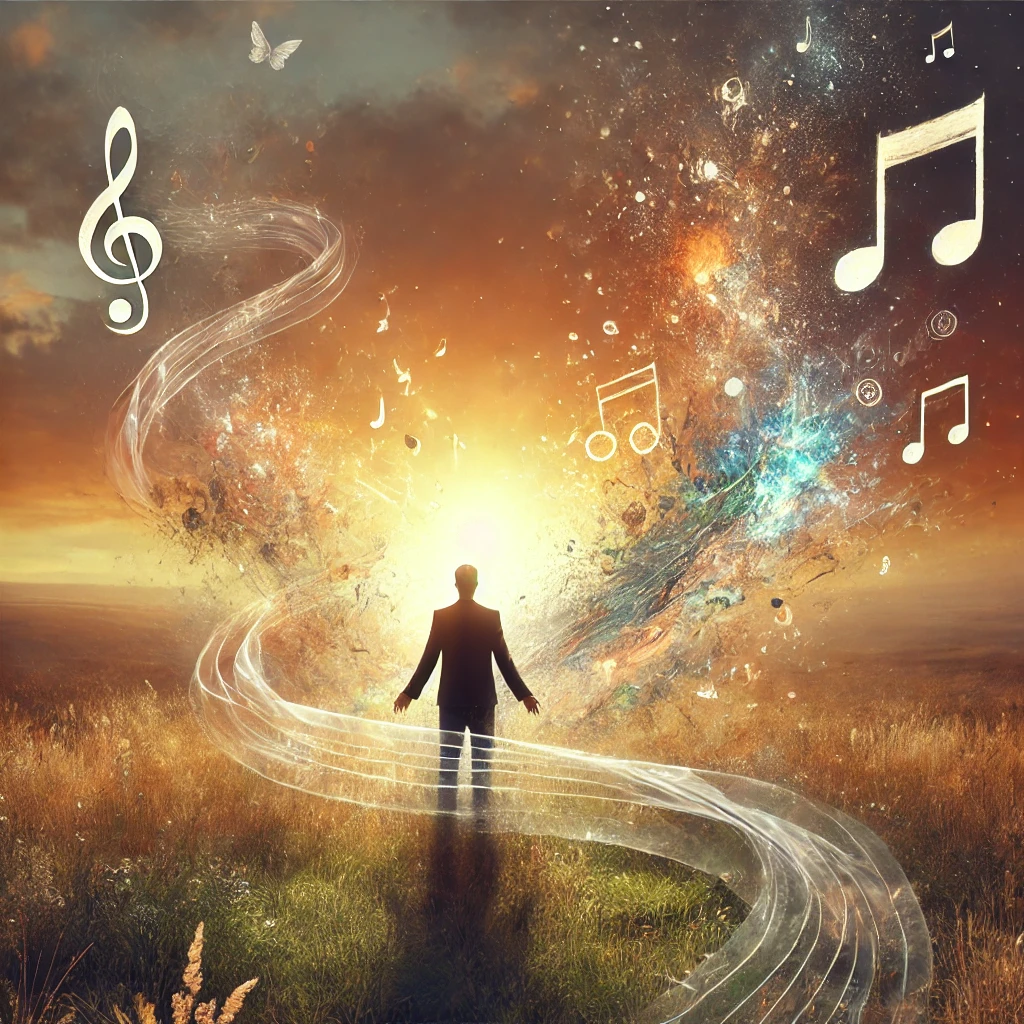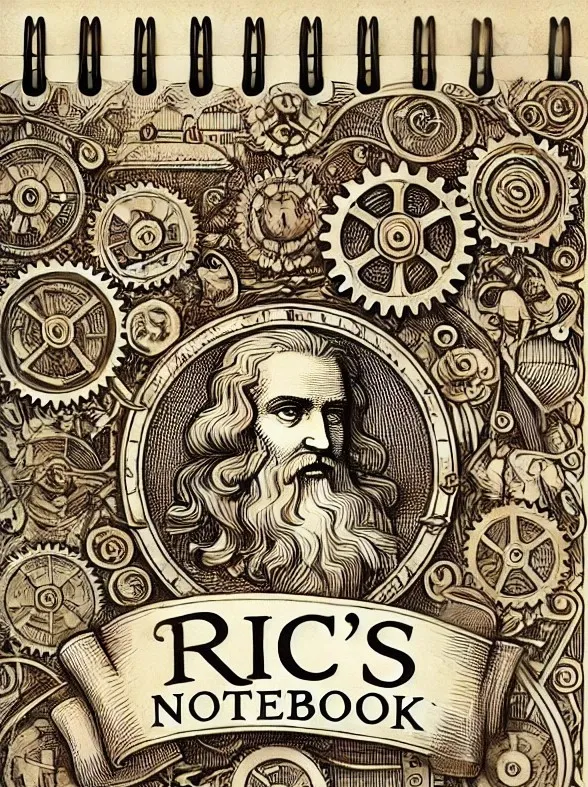
- Published on
- Authors

- Name
- ric de yuga 😄
The Legal Protection of Artistic Expression as Therapy: A Case for Patient-Client Confidentiality in Art and Music
Introduction
Artistic creation—whether in the form of music, visual arts, poetry, or performance—has long been recognized as a therapeutic tool for individuals processing trauma. Artists, much like patients in a therapeutic setting, use their work to transmute deeply personal pain into an expressive medium. Conversely, audiences serve as interpreters, absorbing these expressions and engaging with them in an empathetic, sometimes healing, exchange. This paper argues that the relationship between artists and their audiences mirrors the therapeutic dynamic between patients and clinicians, warranting similar legal protections, particularly regarding confidentiality and freedom of expression.
I. The Therapeutic Nature of Art and Music
A. Artistic Expression as Trauma Processing
Psychologists and neuroscientists have documented the effectiveness of creative expression in managing and healing trauma. The act of externalizing internal pain—whether through lyricism, visual art, or composition—facilitates cognitive restructuring and emotional regulation. This process resembles psychotherapy, wherein individuals articulate their trauma and seek resolution through guided expression.
B. The Audience as an Unconventional Therapist
In conventional therapy, a clinician listens and processes a patient's narrative to foster understanding and healing. Similarly, audiences engage with artistic expression, offering validation, interpretation, and sometimes even transformative emotional responses. The symbiotic exchange between artist and audience underscores a therapeutic model wherein vulnerability is met with empathy, creating a unique healing relationship that exists outside the confines of traditional psychotherapy.
II. Legal Framework: Freedom of Speech and Expression
A. First Amendment Protections
The U.S. Constitution guarantees artists the right to freely express themselves without government interference. This protection encompasses lyrics, visual representations, and spoken word. Courts have historically upheld the right of artists to create without censorship, recognizing the essential role of free expression in fostering societal growth and individual healing.
B. Case Law on Artistic Expression and Criminal Liability
Despite First Amendment protections, prosecutors have attempted to use artistic works—especially music lyrics—as evidence in criminal trials. This practice raises significant ethical and legal concerns, as it disregards the therapeutic intent behind artistic expression and unfairly criminalizes metaphorical or fictionalized content. Notably, courts have increasingly scrutinized this practice, with some jurisdictions requiring clear evidence that lyrics or artworks constitute direct confessions rather than abstract expressions of emotion.
III. Patient-Client Confidentiality and the Artist-Audience Relationship
A. Analogizing Art to Psychotherapy Protections
Just as psychotherapy is protected under patient-client confidentiality laws, artistic expression should be granted similar safeguards. If the primary function of art is therapeutic, then using an artist’s work against them in a legal proceeding violates the principles underpinning confidentiality.
B. Proposed Legal Protections for Artistic Expression
To ensure that artists can safely express trauma without fear of legal repercussion, courts should adopt protective measures akin to psychotherapist-patient privilege, including:
Non-Admissibility of Artistic Works in Criminal Proceedings: Courts should require clear, corroborative evidence before allowing artistic expression to be used as direct evidence of intent or criminal behavior.
Recognition of Artistic Expression as Therapeutic Speech: Legal frameworks should acknowledge that artistic works often reflect metaphorical or symbolic narratives rather than factual confessions.
Expanded Free Speech Protections for Artists: Legal doctrines should be updated to prevent the use of creative works as a means of criminalizing marginalized communities, particularly in genres such as hip-hop, which are frequently targeted.
Conclusion
Artistic expression serves as a fundamental therapeutic tool, allowing individuals to process and heal from trauma. The audience, acting as a recipient of this emotional transmutation, mirrors the role of a therapist by engaging in an empathetic exchange. Given this dynamic, legal protections must be extended to artists, safeguarding their work under principles similar to patient-client confidentiality. This ensures that artistic creation remains a protected outlet for trauma processing, thereby upholding fundamental freedoms of speech and expression.
